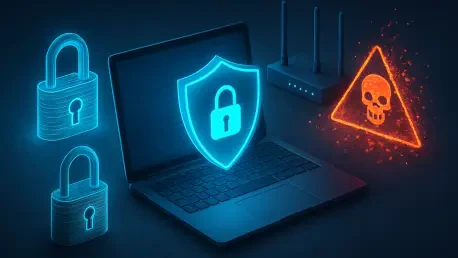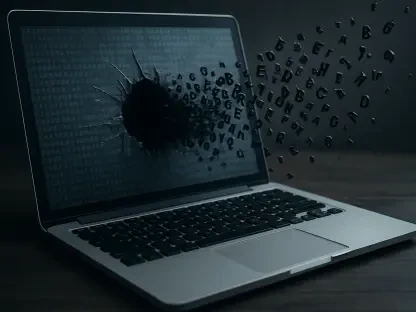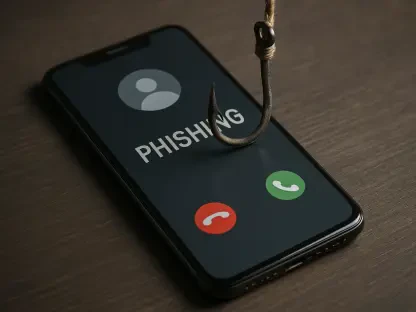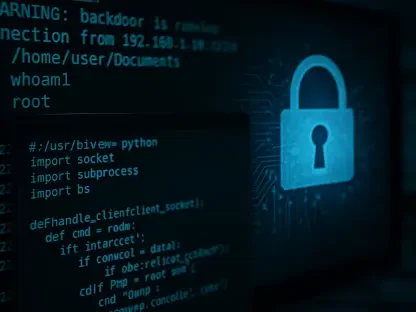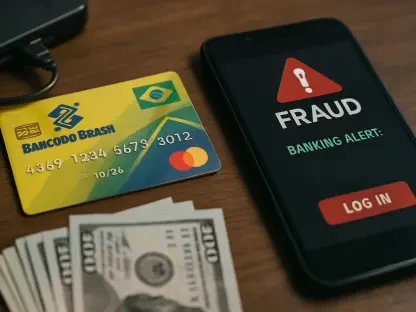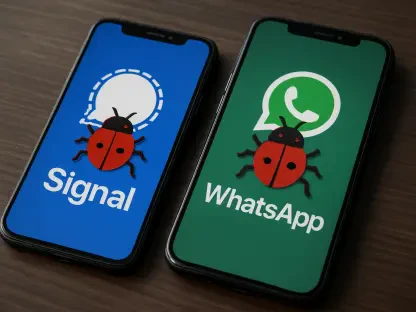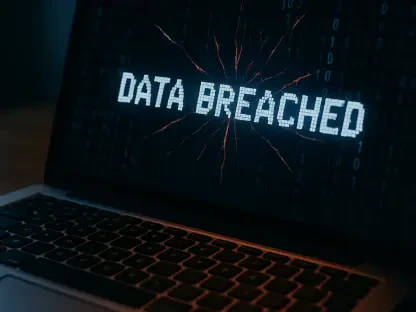As we delve into the quirky and sometimes chaotic world of late ’90s tech, I’m thrilled to sit down with Rupert Marais, our in-house security specialist with deep expertise in endpoint and device security, cybersecurity strategies, and network management. With years of experience navigating the evolving landscape of technology, Rupert offers a unique perspective on a peculiar incident from the era of fax machines—a time when analog communication collided with digital fears. In this conversation, we’ll explore the nostalgic yet challenging atmosphere of government offices during the waning days of fax technology, unpack the infamous ‘fax virus’ warning that stirred panic, and reflect on the lessons learned from a job-killing Reply-All email mishap that followed.
How did your career in technology lead you to working in a government department during the late 1990s, and what was your role like back then?
Back in the late ’90s, I was working as a technology consultant for a government department, a role I landed after cutting my teeth on early network setups and troubleshooting. My main gig was to keep the systems running smoothly—think Windows 95 workstations and clunky servers—and to help staff navigate the transition from analog to digital tools. I spent a lot of time fixing hardware, setting up software, and explaining tech to folks who weren’t always tech-savvy. It was a mix of problem-solving and hand-holding, especially with senior staff who often needed extra patience when it came to adopting new systems.
What was the vibe in the office during the heyday of fax machines, and how did they fit into daily communication?
Oh, fax machines were still a big deal in the late ’90s, even though they were on their way out. The office had this constant hum of paper shuffling and the screech of faxes coming through. They were the go-to for official communications—think contracts, memos, or anything that needed a signature. Email was around, but it wasn’t fully trusted yet for sensitive stuff. Faxes often came through looking like a mess, though—blurry text, weird streaks from cheap printers. It wasn’t uncommon to squint at a page trying to figure out if a number was a 3 or an 8. Still, they were a lifeline for a lot of our workflows.
Can you paint a picture of the day that ‘fax virus’ warning landed in your office?
I’ll never forget it. One morning, the fax machine in the corner started spitting out this ominous message. It claimed that a virus had already infected all our Windows 95 machines and was about to wipe our data, overheat our processors, and basically force us back to pen and paper for a full day. It had this urgent, almost ransom-note look to it—partly because of the poor quality of the fax itself. At first, people were just confused, whispering to each other about whether it could be real. Then, panic started creeping in, especially among the less tech-savvy folks who didn’t know what to make of it.
How did things spiral once someone decided to scan and email that fax to the entire department?
That’s when it really got out of hand. Someone—trying to be helpful, I’m sure—scanned the fax and sent it as an attachment to everyone in the department. If the original fax looked sketchy, the scanned version was even worse. The text was distorted, almost unreadable in spots, which only made it seem more sinister. When it hit everyone’s inboxes, the anxiety ramped up. People started replying with questions, forwarding it to others, and before long, our email system was buzzing with confusion and fear over this supposed virus.
What can you tell us about the Reply-All email that followed and how it changed the atmosphere in the department?
Not long after, a Reply-All email landed from one of the consultants. The tone was sharp—almost scolding. It called out the fax as an obvious hoax and didn’t hold back in criticizing whoever had fallen for it and wasted everyone’s time by spreading it. You could feel the tension in the office shift immediately. Some folks were embarrassed, others were annoyed at the harshness of the message. It turned out the original email sender was a senior executive, which made the consultant’s bluntness even more of a misstep. The fallout was swift, and that consultant was let go for publicly criticizing a higher-up. It was a stark reminder of office politics.
What lessons did you and your colleagues take away from this whole fiasco?
It was a wake-up call for a lot of us. We learned to be more cautious about how we communicated, especially with senior staff. You had to think twice before hitting ‘send’ on anything that could be seen as critical. It also made us more skeptical of alarming messages—whether they came via fax, email, or word of mouth. From then on, we double-checked sources and didn’t jump to conclusions. It shaped how I approached potential hoaxes in the future, always taking a step back to verify before reacting or escalating.
Looking back, what are your thoughts on using fax machines to share urgent warnings like this one, especially compared to email at the time?
Honestly, I think the person who sent that fax genuinely believed it was a safer bet than email. Back then, email was still seen as a bit risky for sensitive or urgent stuff—people worried about hacks or messages not getting through. Faxes, for all their flaws, felt more secure because they were analog, a direct line of sorts. But this incident showed how that trust could backfire. A fax couldn’t be easily verified or traced, and the poor quality often made things seem more suspicious. It’s almost funny now, but it highlighted how much we needed better, more reliable communication tools.
What’s your forecast for how cybersecurity awareness and communication mishaps might evolve in workplaces over the next decade?
I think we’re going to see a huge push toward education and automation in cybersecurity awareness. With threats becoming more sophisticated—think deepfakes or AI-generated scams—workplaces will need to train staff continuously, not just through one-off sessions. Tools like real-time threat detection and automated email filters will become standard to catch hoaxes before they spread. But the human element will always be the wildcard. Communication mishaps won’t disappear; they’ll just take new forms as we adopt platforms like instant messaging or virtual reality for collaboration. My hope is that we build cultures where people feel safe asking questions without fear of backlash, because that’s where real prevention starts.
